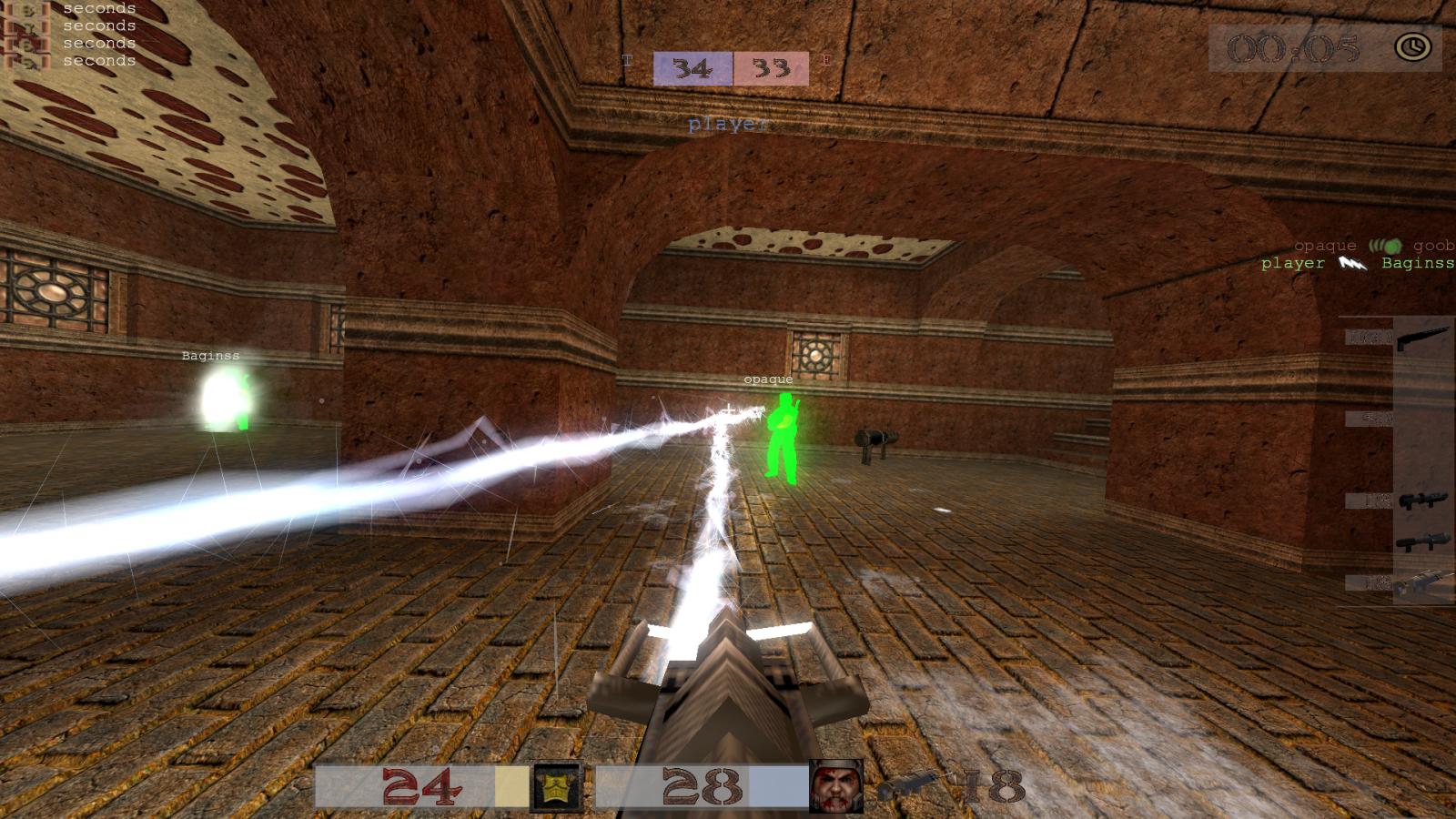The video game “Quake” turns 25 on Tuesday 22nd June 2021. While this might get some fans of “boomer shooters” excited, everybody else might not realise the significance.
Run your Own Moodle Server
Students can now create a fully functional Moodle server from a template in XOA. By doing this they can gain valuable experience in setting up an Online Learning Platform. Moodle is offered as a cloud application by many providers and used by schools and colleges across the world, so this tutorial is worth a read!
Continuous Integration Pipelines with GitLab using XOA
GitLab Runner is the open source project that is used to run your jobs and send the results back to GitLab. It is used in conjunction with GitLab CI, the open-source continuous integration service included with GitLab that coordinates the jobs.
Basic Git Commands
Git is a source code versioning system that lets you locally track changes and push or pull changes from remote resources. GitLab, GitHub, and Bitbucket are just some of the services that provides remote access to Git repositories. In addition to hosting your code, the services provide additional features designed to help manage the software development lifecycle. These additional features include managing the sharing of code between different people, bug tracking, wiki space and other tools for ‘social coding’.
Saving your Git credentials
If Git prompts you for a username and password every time you try to interact with GitHub or a GitLab server, you’re probably using the HTTPS clone URL for your repository.
Using an HTTPS remote URL has some advantages: it’s easier to set up than SSH, and usually works through strict firewalls and proxies (like here in DkIT). However, it also prompts you to enter your credentials every time you pull or push a repository!
Setting up an Active Directory Domain Controller using Samba on Ubuntu Server
This tutorial documents the steps to get Samba 4 working as a Active Directory Domain Controller using Ubuntu 16.04.
Create a virtual encrypted disk within a file and mount it as a real disk
VeraCrypt is a free open source disk encryption software for Windows, Mac OSX and Linux based on (the now defunct) TrueCrypt 7.1a. Features include:
- Creates a virtual encrypted disk within a file and mounts it as a real disk.
- Encrypts an entire partition or storage device such as USB flash drive or hard drive.
- Encrypts a partition or drive where Windows is installed (pre-boot authentication).
- Encryption is automatic, real-time(on-the-fly) and transparent.
- Parallelization and pipelining allow data to be read and written as fast as if the drive was not encrypted.
- Encryption can be hardware-accelerated on modern processors.
- Provides plausible deniability, in case an adversary forces you to reveal the password: Hidden volume (steganography) and hidden operating system.
GIMP as a Photoshop Alternative
For those of you who are unaware of GIMP, here is how the software describes itself:
GIMP is the GNU Image Manipulation Program. It is a freely distributed piece of software for such tasks as photo retouching, image composition and image authoring. It works on many operating systems, in many languages.
Understanding Binary
The basic building block in all computers is the binary number system.
This system is chosen since it consists of 1s and 0s only. Since computers contain millions and millions of tiny ‘switches’, which must be in the ON or OFF position, this lends itself logically to the binary system. A switch in the ON position can be represented by 1; a switch in the OFF position can be represented by 0.









